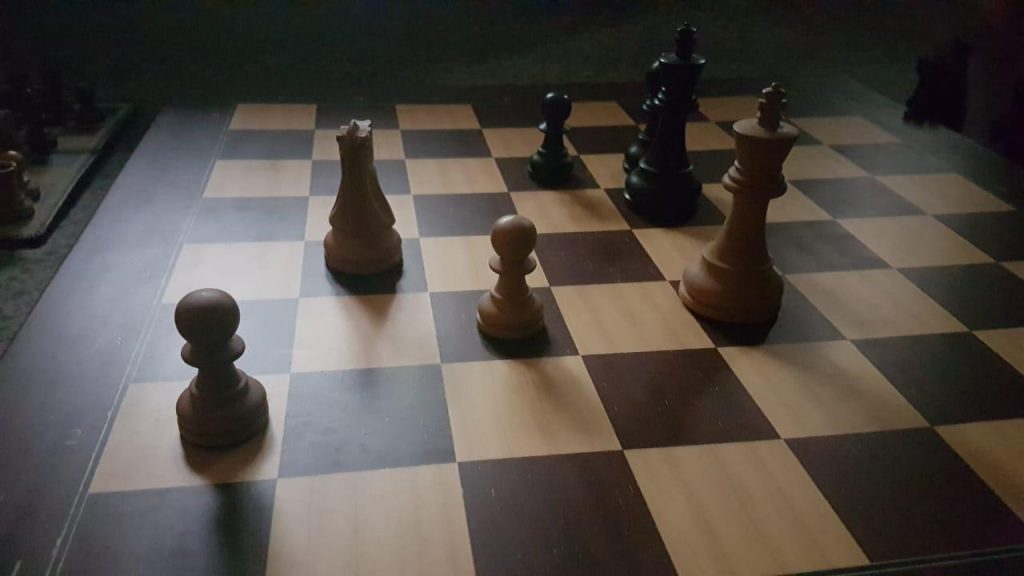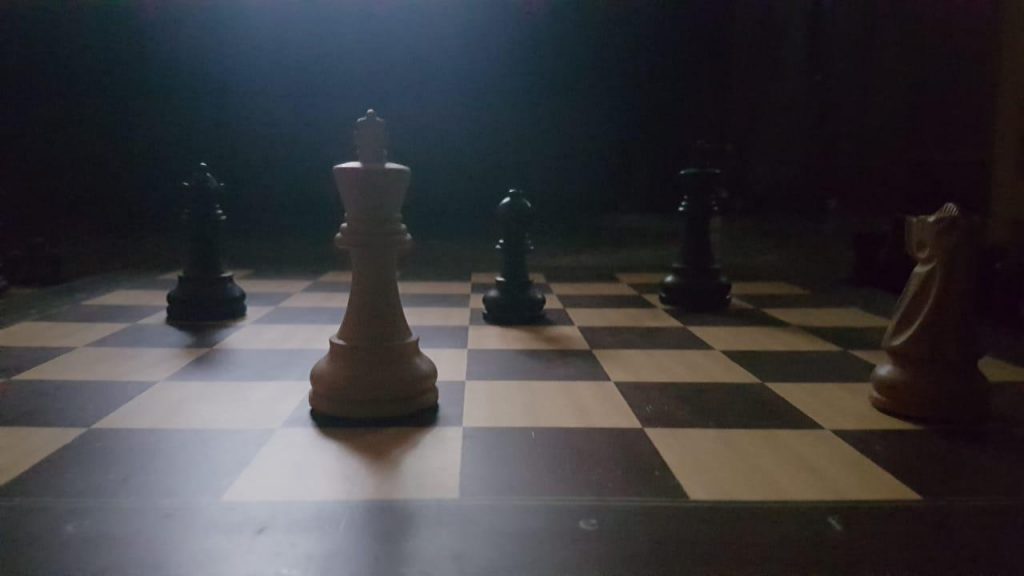It’s a continuing puzzle. One must anticipate the future, evaluate perspectives, master the placement of objects. As in all creativity, blunders and total failures are possible. Intuitive thinking is dicey. Painting canvases of the mind are always chance, risky, a gambit–mercilessly cruel and immensely fulfilling. In his particular art world, Sundararajan Kidambi, 39, has moved many wooden objects into imaginative positions–and also been checkmated.

A chess Grandmaster, competing on the world stage before the Pandemic, this Chennai, India native has been the artful gamesman since age 9. Disinterested in “blind rote” techniques–the memorizing of opening moves and rarely being instinctual (a style favored by many players)– he prefers to absorb the randomness of chess. To imagine the abstract, and when visualizing potential moves (often 10 to 15 ahead of time) to rely on intuitive creativity. “You can’t be a robot in chess, you must be a creative problem solver,” demands Kidami, who rose to Grandmaster in 2009. “The unpredictable invariably surfaces. Chess mimics life, and it’s an art to deal with the unexpected.” How does Kidambi avoid Final Jeopardy when faced with a dynamic, unpredictable series of moves? Like any abstract artist, he must try to create tension, provoke doubt with an equally-inspired response.

Chess is tactics, strategies, mathematics and logic. But it is also improvisational beauty, jazz with combinations, balance and juxtapositions all flowing together. “Chess to me is like living a dream, and at times, the ups and downs of life itself,” says Kidambi, referring to the game’s endless vicissitudes and possibilities. “Everything is unfolding for the abstract artist. There’s no control. To face that uncertainty, the surprise, the artist’s mind must be light…inventive. That lightness, it’s something I am always seeking.”






